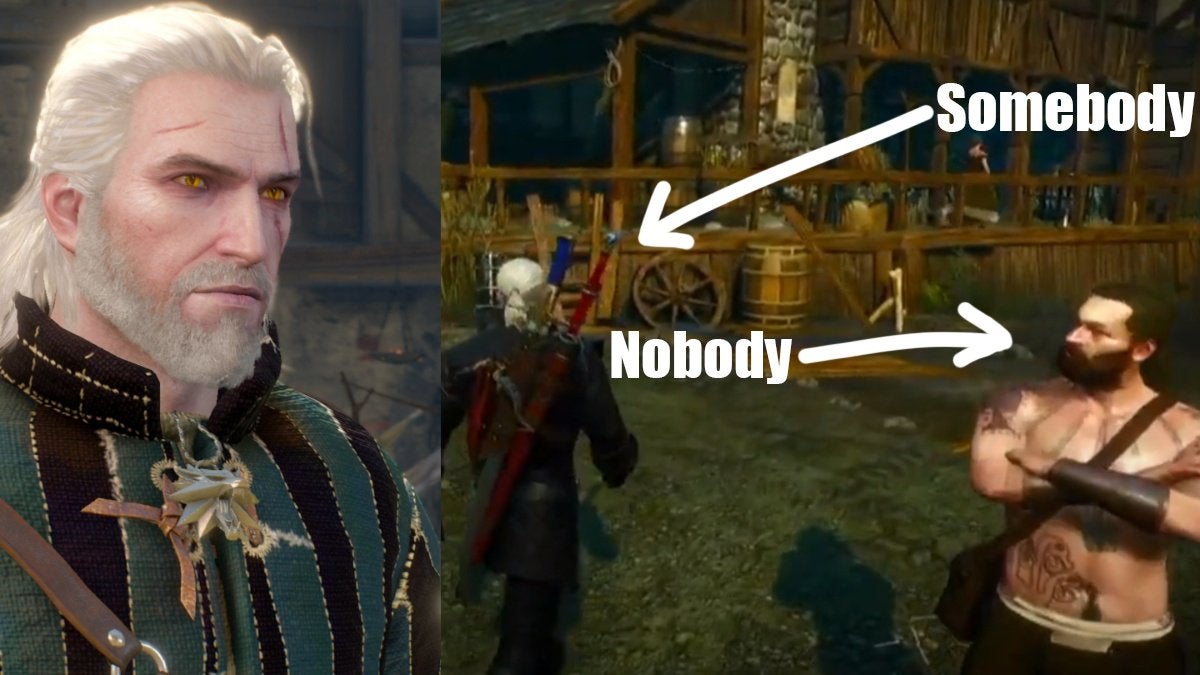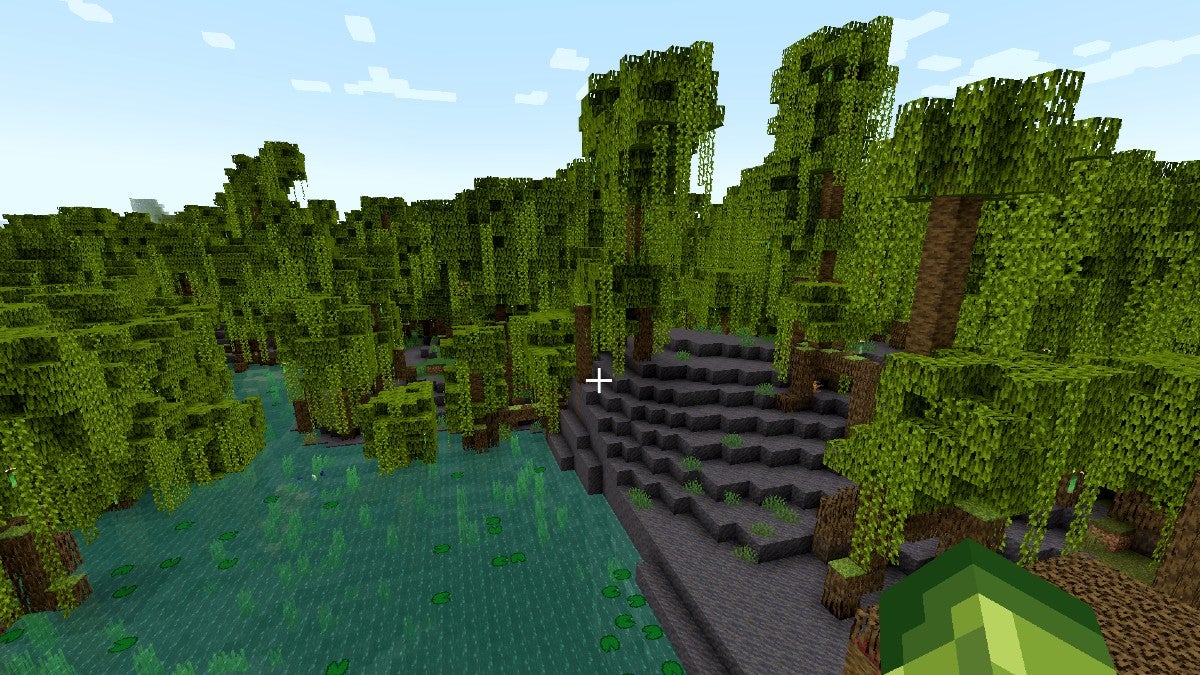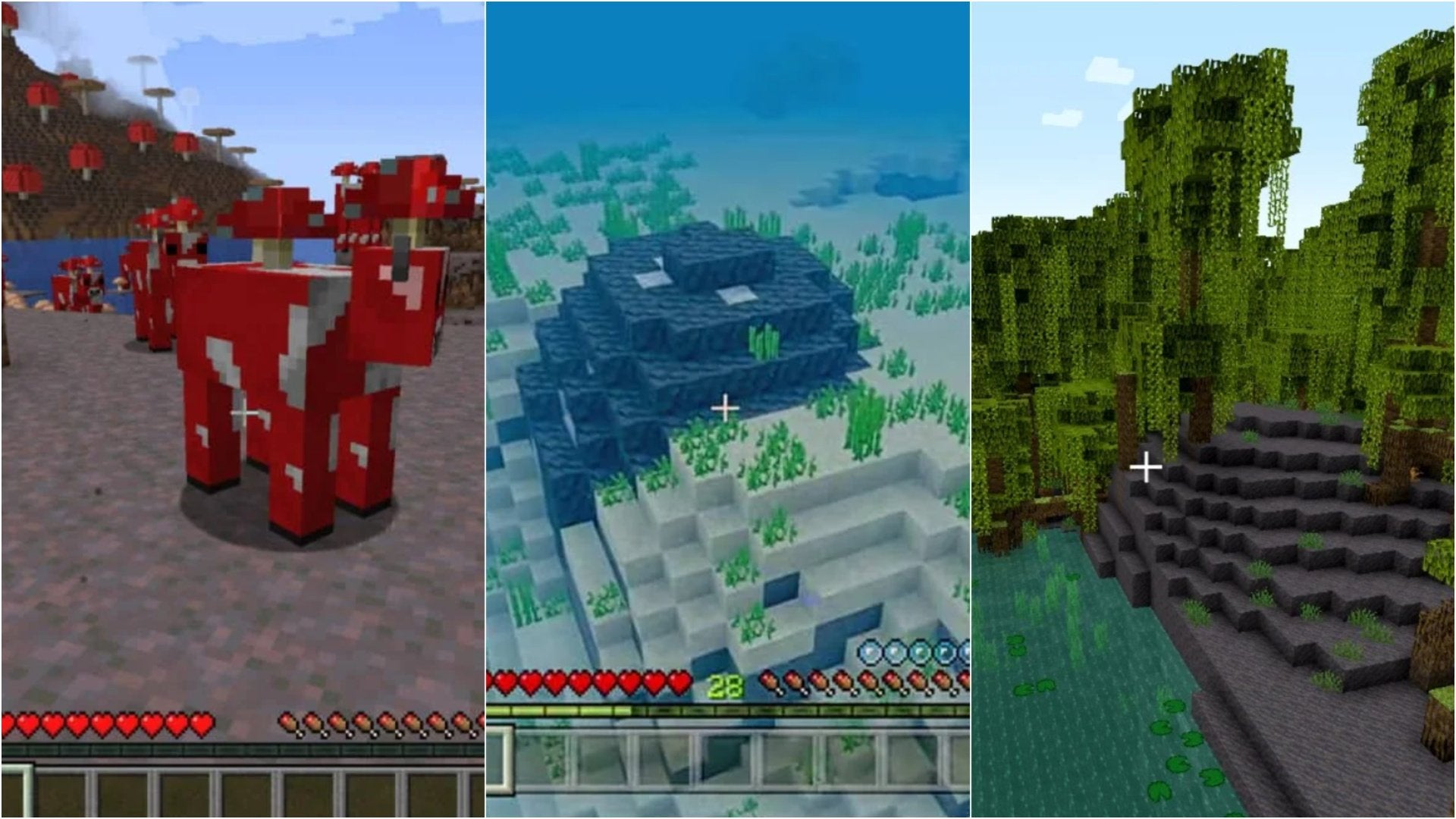![]() Key Takeaway
Key Takeaway
Some video games use procedural generation to create huge amounts of assets that have small or large differences between them. This is used in place of artists and programmers manually creating every bit of a game.
For example, developers may use procedural generation to spawn an entire forest where each tree is slightly different.
Keep in mind that procedural generation can be used for more than terrain, such as when creating items or NPCs.
Procedural generation makes survival and open world video games much more exciting! When this development technique is used, there can be great or small variations in the assets spawned. As such, producing vivid landscapes, unique items, and fascinating NPCs is not only possible—but easy.
Table Of Contents
The Definition of Procedural Generation in Gaming
The term “procedural generation” refers to when video game developers use an algorithm to automate the creation of specific assets. The algorithm used can vary quite a lot depending on the developer’s goals. However, the algorithm in question always follows an outline set by the developer to come up with values. This results in defining the exact nature of what needs to be created.
What Is Procedural Generation Automation?
By automation, we mean that humans are not creating individual assets. Instead, human developers get a program to do so to save lots of time and energy. It’s the same as how many people use AI to decrease their workload (not us, though; we write the ol’ fashioned way: lots of research and editing!).
When using computers to procedurally generate assets, developers can create tons and tons of in-game landscapes, items, NPCs, and more. Imagine individually sculpting 100 clay busts versus getting a 3D printer to create the same number of them out of (insert material). It’s way quicker to use a machine in this case—even if it results in a lack of certain elements.
The trade-off for using computers to spawn huge amounts of assets is that—despite the possibility of getting the algorithm to generate variations between individual assets—each bit of content will lack personality. Yes, the algorithm can create NPCs with a wide variety of facial scars, cool tattoos, and unique fashions. What it can’t do is go beyond the set outline made by the developers.
For instance, the main characters in The Witcher 3: Wild Hunt are recognizable at a glance. You’re never going to mistake Geralt or Ciri for a random peasant. They were designed by artists and given form by programmers. Whereas the countless plebians crowding Vizima and Novigrad all kind of look like cousins.

The Variation Between Assets
One of the biggest strengths of using procedural generation in video games is that there can be a lot of variation between assets of the same type. For example, when procedurally generating a forest in Minecraft, the game engine spawns trees of different heights with differences in branches and leaf blocks. The ratio of wood blocks to leaf blocks can also vary considerably.
There’s a limit to how many wood and leaf blocks a tree can be made of—but that doesn’t stop the forest from looking organic. Well, as organic as a completely cubic world can appear.

This same concept can be applied to other assets, like items and NPCs. To use another example, consider the crazy amount of variability between guns in the Borderlands games. There are—allegedly—over a million different guns that can be spawned.
What’s more, certain genres use this to their advantage to greatly enhance gameplay and replayability. Roguelikes and Roguelites—games that involve starting, playing, dying, and restarting in worlds with random elements—have procedural generation as a core feature.
In fact, such games would not be possible without the ability to have many in-game features be randomized. A big draw for Roguelikes and Roguelites is facing the unknown and making the best out of the weird hand you’re dealt.
List of the Best Procedurally Generated Video Games
If you’re looking to roll the dice while exploring your next digital world, consider checking out these games. This is by no means a complete list of all the best procedurally generated games out there—just some of our favorites. Below, they’re listed in no particular order.
- Minecraft
- Terraria
- Deep Rock Galactic
- Dwarf Fortress
- Superflight
- Dome Keeper
- Dungeon Alchemist
- Moonlighter
- Borderlands
- Borderlands 2
- Siralim
- Valheim
- The Binding of Isaac
- The Binding of Isaac: Rebirth
- RimWorld
- Spelunky 2
- Stellaris
- Starfield
- Risk of Rain
- Don’t Starve
- Kingdom
- Wizard of Legend
- Spore
- Rogue Legacy
- Crypt of the NecroDancer
- Into the Breach
Whether you’re putting together the most awesome build in your favorite RPG or constructing your dream home in a spectacular sandbox game, we hope this article helps you appreciate the purposeful randomness found in your most-loved titles.


